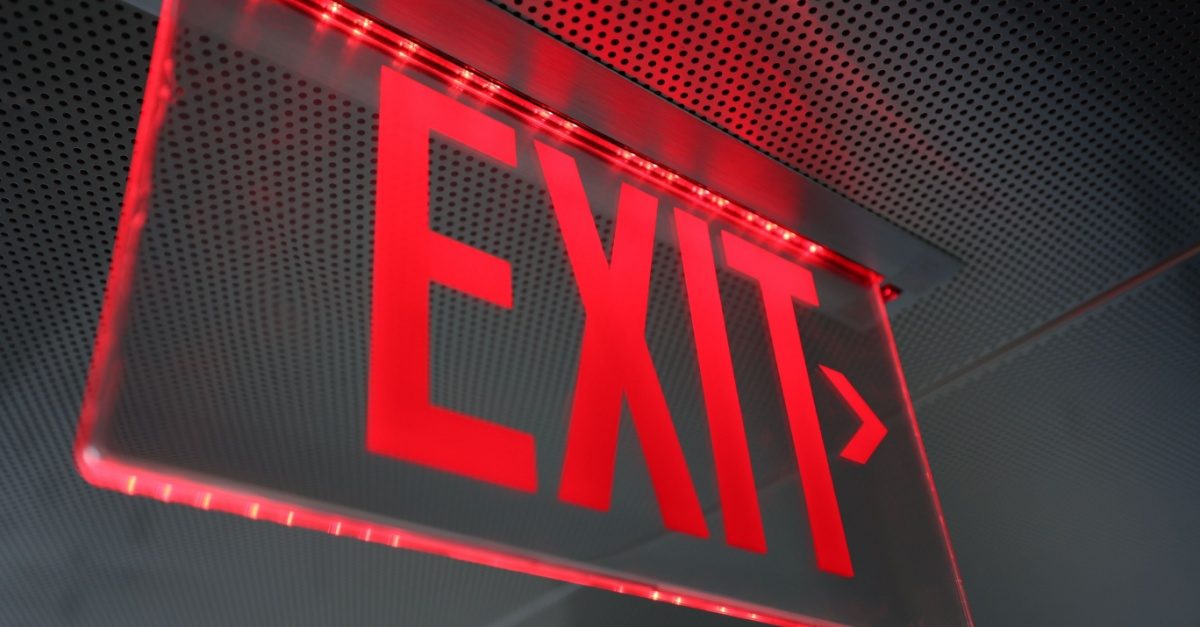
From Factory to Recycling – The Lifecycle of an Exit Sign in Global Supply Chains
Exit signs are legally required for commercial building safety, quietly guiding people to safety during emergencies. Most people don’t think about exit signs and how complex they are. However, the journey of an exit sign—from raw materials to manufacturing, installation, and eventual disposal—is actually quite complex.
The long process of exit signs, from manufacturing to recycling, involves global supply chains, strict safety regulations, and increasing efforts toward sustainability. Understanding this lifecycle reveals the intricate logistics behind a product that most people rarely think about but depend on in critical moments.
1. Raw Material Sourcing: What Goes into an Exit Sign?
Every exit sign begins with raw materials sourced from around the world. Aluminium is a common choice for the frame because it is lightweight, corrosion-resistant, and recyclable. Thermoplastic, or steel frames are also popular. The faceplate of an exit sign is typically made of thermoplastic, aluminium, or polycarbonate. All parts of an exit sign must be strong enough to withstand impacts. Additionally, exit signs must be bright enough to remain visible during a power outage or in low-visibility conditions, such as smoke.
For illumination, many exit signs rely on LEDs. These energy-efficient lights last for years and have minimal power consumption. In places where electrical power is unreliable or unavailable, tritium gas is used instead. Tritium-based exit signs glow on their own without needing electricity, thanks to a radioactive process that produces a consistent glow over ten to twenty years.
Tritium exit signs are a popular choice because they are reliable and have a long lifespan. But before purchasing a tritium exit sign, it’s important to understand how it works and the safety regulations involved. Tritium is a self-luminous, radioactive isotope of hydrogen, allowing these signs to glow without an external power source. Because of this, they must be handled and disposed of properly under strict government regulations. Understandably, the production and distribution of tritium is heavily regulated.
2. Manufacturing: Turning Raw Materials into Exit Signs
Once sourced, these materials move to manufacturing plants, where they are transformed into finished exit signs. The production process is quite simple but has to be done just right; it begins with shaping aluminium into frames, cutting and moulding plastic faceplates, and assembling LED components onto circuit boards.
If the sign is self-luminous, glass tubes are filled with tritium gas and sealed to ensure safety.
Manufacturers must follow strict safety standards to ensure that exit signs remain visible and functional under emergency conditions. In the United States, the National Fire Protection Association (NFPA) and Underwriters Laboratories (UL) set regulations for fire safety and emergency lighting. In Europe, exit signs must comply with ISO 7010 standards.
These factories use automated production lines to maintain efficiency and quality control. Before an exit sign leaves the factory, it undergoes a series of tests to ensure certain standards are met, such as brightness and durability. Signs must withstand extreme environments and various factors, such as high/low temperatures, without failure.
3. Distribution & Installation: Getting Exit Signs Where They Need to Be
Once manufactured, exit signs are sold and shipped once manufacturers ensure their products comply with local regulations. Logistics play a crucial role in getting exit signs to their final destination. Shipping challenges include fragile LED components, the regulatory hurdles of transporting tritium-based signs, and the impact of global trade issues, such as tariffs or supply chain disruptions.
Installation depends on the type of exit sign. Some signs are hardwired into a building’s electrical system, while others operate on backup batteries to remain functional during power outages. Tritium exit signs, which do not require power, must be handled carefully due to their radioactive nature and are often registered with government agencies.
4. Usage, Maintenance & Safety Checks
Exit signs are built to last, but they still require maintenance to ensure they function properly when needed. In commercial and public buildings, fire codes mandate regular inspections to confirm that all exit signs are illuminated and unobstructed.
For LED exit signs, maintenance typically involves checking for electrical issues and replacing backup batteries every few years. Tritium exit signs, while maintenance-free, have a fixed lifespan and gradually fade as the radioactive material decays. Building managers must track expiration dates to replace them before they lose visibility.
Government agencies and fire safety inspectors enforce compliance, requiring businesses to test emergency lighting systems regularly. Failure to maintain exit signs can result in fines and, more importantly, put occupants at risk during emergencies.
5. End-of-Life & Recycling: What Happens to Old Exit Signs?
When an exit sign reaches the end of its useful life, proper disposal is essential. Many components, such as aluminium frames, can be easily recycled. Plastics, depending on their composition, may also be repurposed. LED circuit boards contain electronic waste that requires specialised recycling programs to recover valuable metals.
Tritium exit signs are a bit tricky when it comes to disposal because they contain radioactive material. In the U.S., the Nuclear Regulatory Commission (NRC) oversees the entire process. Once exit signs expire, they must be sent to facilities that take care of decontamination and disposal legally. If businesses fail to dispose of tritium exit signs, it can lead to environmental issues and, on top of that, hefty fines for the business.
One positive aspect is that many companies are stepping up when it comes to proper disposal. For example, exit sign retailers like Emergency Lights have take-back programs that allow customers to return old signs. This helps ensure they are recycled responsibly instead of dangerously piling up in landfills.
And thanks to improvements in LED technology, exit signs are now more efficient and last longer, meaning they don’t need to be replaced as often.
The exit sign industry has a promising future as it continues to invest in greener solutions, exploring eco-friendly materials that can replace traditional plastics without compromising fire safety.
Conclusion: Looking Ahead
When you think about an exit sign, it might seem like a simple piece of equipment. But from the raw materials to manufacturing, installation, and disposal, there’s a whole lot more going on behind the scenes. It’s a global effort involving factory workers to regulators—all working together to make sure these signs play their part in keeping people safe.
With technology constantly advancing, the industry is shifting toward greener, more energy-efficient solutions.
Find out more about The IoSCM Sustain Chain Awards 2025 and how to nominate for this year’s amazing categories.
Note: The information provided is based on available data as of February 2025.

